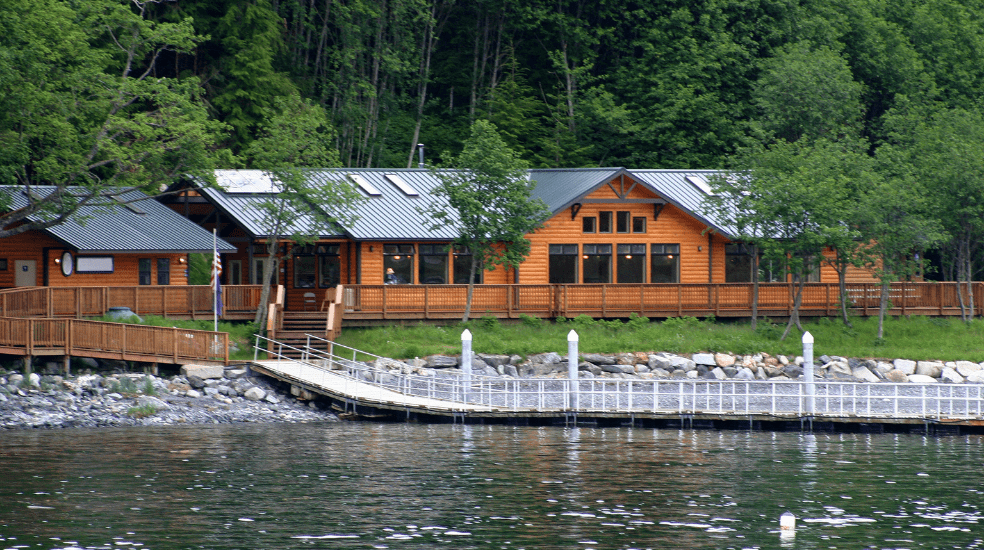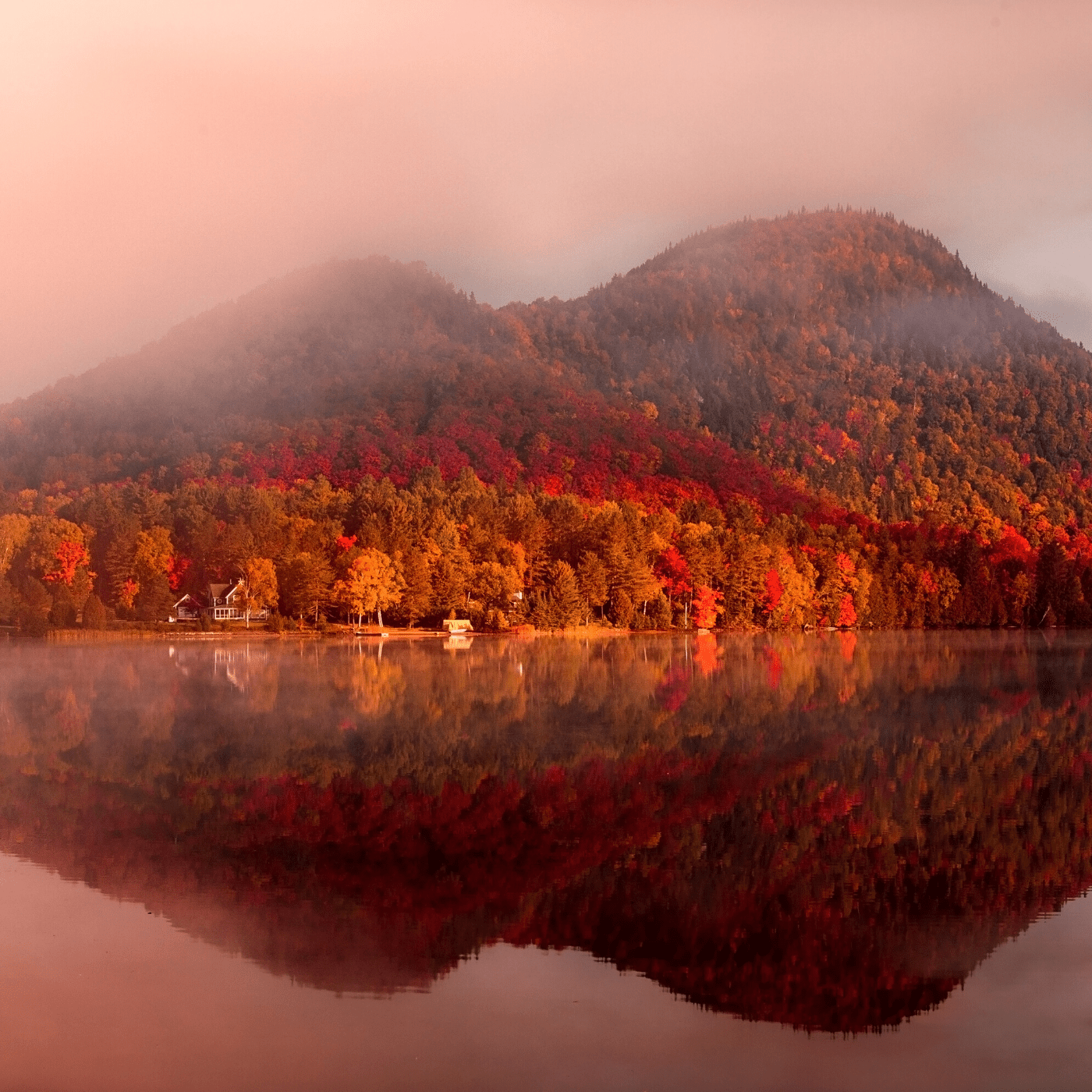How Much Did Lodge and Resort Revenue Decrease in 2020?
In March 2020, the Canadian Government imposed travel restrictions and border closures aimed at containing COVID-19. This brought travel to and from Canada to a near standstill.
Some restrictions affected domestic travel of Canadians as well, such as the closure of various provincial and territorial borders to non-essential travel.
This article provides insights on the impact of these travel restrictions on Canadian lodge and resort revenue, as well as provides an update on where the industry is at in 2021 and the outlook for 2022.
Majority of Lodges and Resorts Experienced Lower Revenue in 2020 Compared with 2019
The impact of the coronavirus pandemic on Canadian lodges and resorts is not black and white. Some lodges adjacent to national parks or within a short drive from a major city centre achieved record numbers despite a near complete shutdown of inbound tourism and international travel.
Remote fly-in lodges with higher fixed costs were the hardest hit in 2020 as air travel was unpredictable at best. Most remote fly-in lodges opted to not open to guests and instead focused the season on maintaining and upgrading facilities. Majority of drive-in lodges chose to open their doors with the goal of at least breaking even.
Below is a sample of lodges Frontier Hospitality Advisor has worked with thus far in 2021 that opened in 2020 and experienced a decrease in revenue:
- Lodge 1 – 44% decrease in revenue
- Lodge 2 – 45% decrease in revenue
- Lodge 3 – 74% decrease in revenue
- Lodge 4 – 56% decrease in revenue
- Lodge 5 – 33% decrease in revenue
- Lodge 6 – 28% decrease in revenue
The average decrease in revenue for these six lodges is 47%. The lodges that experienced the largest decrease in revenue are remote and during typical years are primarily occupied by US guests.
Based on a research report completed by Statistics Canada, which examines the impact of the pandemic on the Canadian Tourism Industry, the impact on the tourism industry as a whole appears to be in line with the impact on the lodge/resort industry specifically. Major findings of the Statistics Canada study are presented below:
- In 2020, tourism gross domestic product (GDP) was down 47.9% annually.
- Tourism spending was almost cut in half (-48.1%) in 2020.
- Over four-fifths (84.3%) of businesses in the tourism sector experienced a decrease in revenue in 2020.
- Almost half (44.9%) of businesses in the tourism sector experienced a decline of 40% or more in revenue in 2020 compared with 2019.
- Relatively few businesses in the tourism sector had unchanged revenues (6.3%) or saw their revenues increase (8.3%) in 2020 compared with 2019.
- Over one-quarter (28.9%) of businesses in the tourism sector reported expenses staying the same in 2020 compared with 2019. However, 14.8% of tourism businesses reported an increase of 20% or more in expenses in 2020.
Currently in 2021
We are nearing the end of the third quarter of 2021 and the Canadian lodge and resort industry has been impacted by COVID-19 for nearly a year and a half.
Industry conditions have remained poor up to this point but have started to improve. The first three quarters of the year looked much like 2020. As we enter the fall, the Canada/US border has finally been opened. The pent-up demand for resource-based tourism experiences is finally being unleashed, offering a first glimpse of post-pandemic life — though the various remaining travel restrictions and ever-changing requirements are still keeping the industry in turmoil.
Unfortunately, increased fall occupancy isn’t going to save lodges and resorts from a tough 2021. Historically, the peak occupancy months are June and July and 85% of these businesses operate seasonally with a limited amount offering fall experiences such as hunting trips. Thus, the peak revenue generating months have come and gone.
Transaction activity of lodges and resorts has been very low. Buyers with sufficient capital or the ability to obtain financing are looking for lodges and resorts whose performance shows that the property, and potentially the market, have turned the corner.
Investors have capitalized on distressed properties with the intention of converting them to an alternate use. In a recently published article where the various buyer categories in the lodge/resort industry were analyzed, I estimate that approximately 2% of lodge/resort investments are from groups intending to convert the property to an alternate use.
Outlook for 2022
For the lodge/resort operator who has battled through 2020 & 2021, there are reasons for optimism. Many are especially looking forward to 2022 as they have pushed 2020 & 2021 bookings into 2022 and are setup for a strong season if travel restrictions continue to loosen.
The success of bringing a COVID-19 vaccine to market is encouraging. Reports note that U.S. personal savings rates increased dramatically in 2020. There’s more money in banks waiting to be spent because they’ve already bought everything they need. What they couldn’t do was have experiences.
Many lodge owners have stated that new booking inquiries have continued to roll in. However, uncertainty over government regulations remains an obstacle creating significant scheduling difficulty and hesitancy to accept new deposits.
Despite the reduced demand in the tourism sector in 2020 compared with 2019, the proportion of vacation package sales made online grew slightly year over year. COVID-19 has accelerated the need for lodges to shift to digital advertising. Guests are looking for flexibility and are making last-minute bookings as the situation evolves.
Conclusion
As the pandemic continues to evolve, what’s difficult to discern is the breadth and depth of its impact in both the short and long term.
Referring again to the statistics Canada report – At their current level of revenue and expenditures, over half (54.2%) of businesses in the tourism sector reported that they could continue to operate for 12 months or more before considering closure or bankruptcy. However, one-quarter (25.5%) of businesses in the tourism sector were unsure, and 20.3% said they could continue to operate for less than 12 months before considering closure or bankruptcy. At the same time, 1.0% of businesses in the tourism sector plan to close in the next 12 months.
Based on this information, it appears we are nearing the point where if travel doesn’t return to full normalcy the supply of traditional lodges/resorts will likely significantly reduce as the trend of conversion into alternate uses will increase.
This article has been prepared by Frontier Hospitality Advisor for general information only. Frontier Hospitality Advisor makes no guarantees, representations or warranties of any kind, expressed or implied, regarding the information including, but not limited to, warranties of content, accuracy and reliability. Any interested party should undertake their own inquiries as to the accuracy of the information. Frontier Hospitality Advisor excludes unequivocally all inferred or implied terms, conditions and warranties arising out of this article and excludes all liability for loss and damages arising there from.


